Report details China’s complex energy landscape and its enormous green energy shift
Envirotec Magazine
APRIL 25, 2024
Wind is China’s largest source of electricity after coal and hydropower, delivering 9.4% It also looks at the persistence of fossil fuels in its energy mix. On the other hand, DNV forecasts fossil fuels will still account for 40% of its energy mix in 2050. of the total electricity supply in 2023.


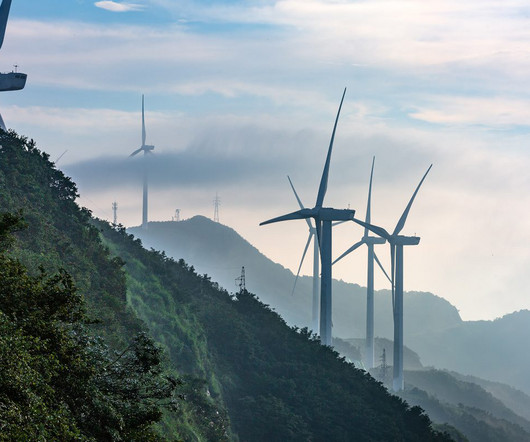
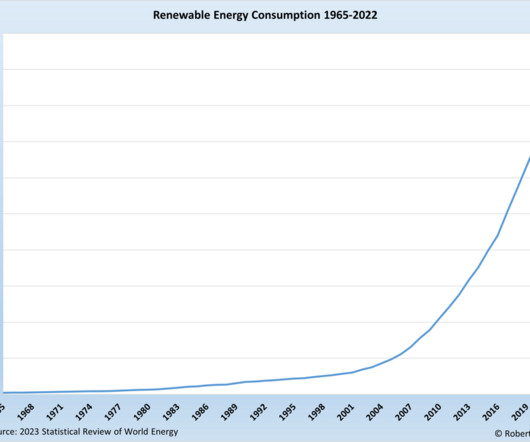

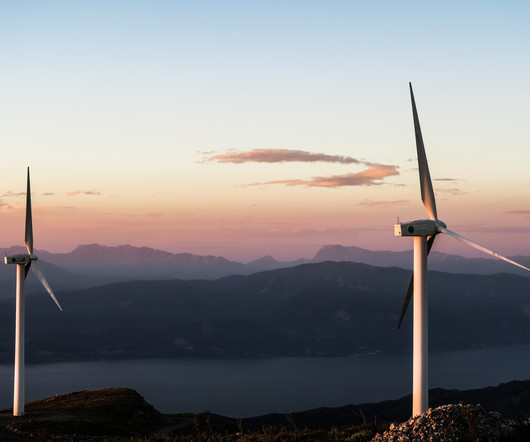

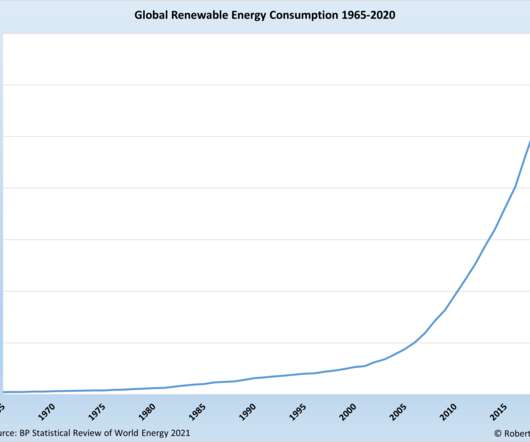

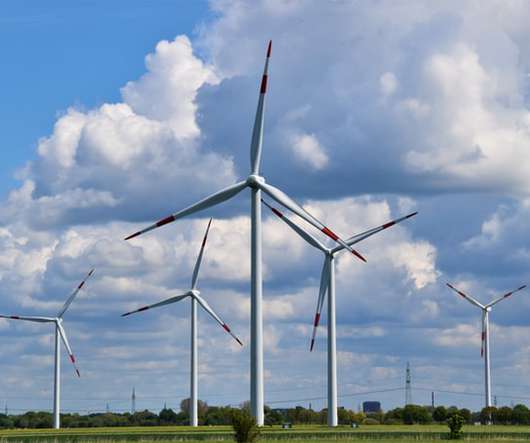
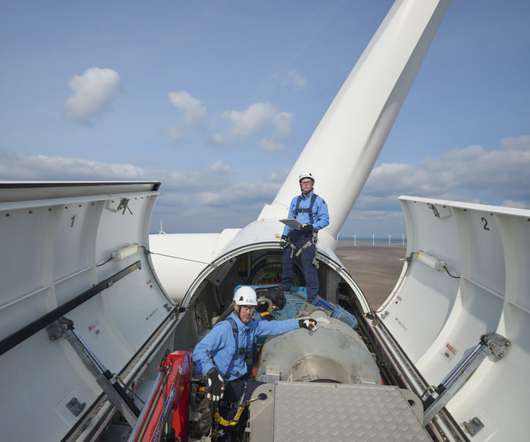
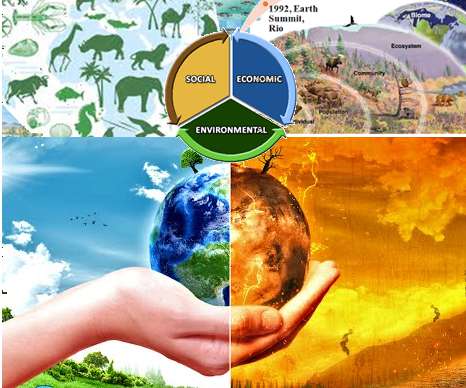
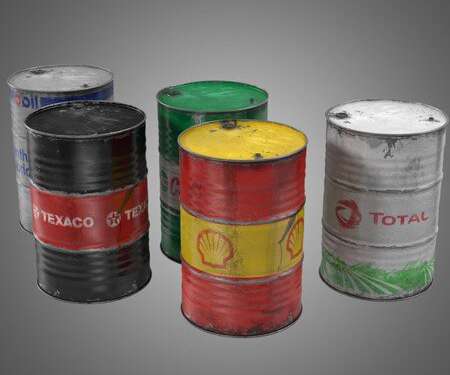









Let's personalize your content